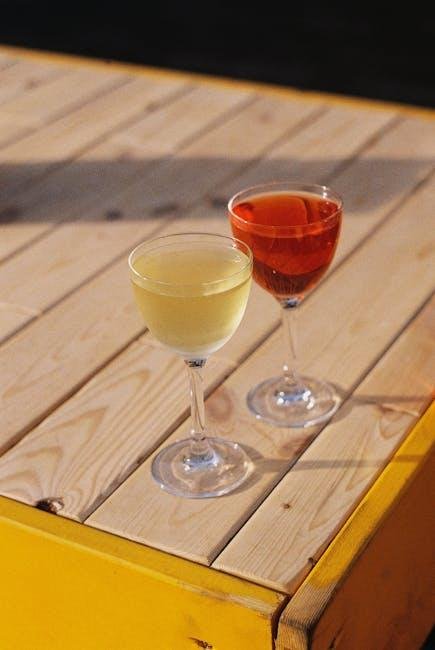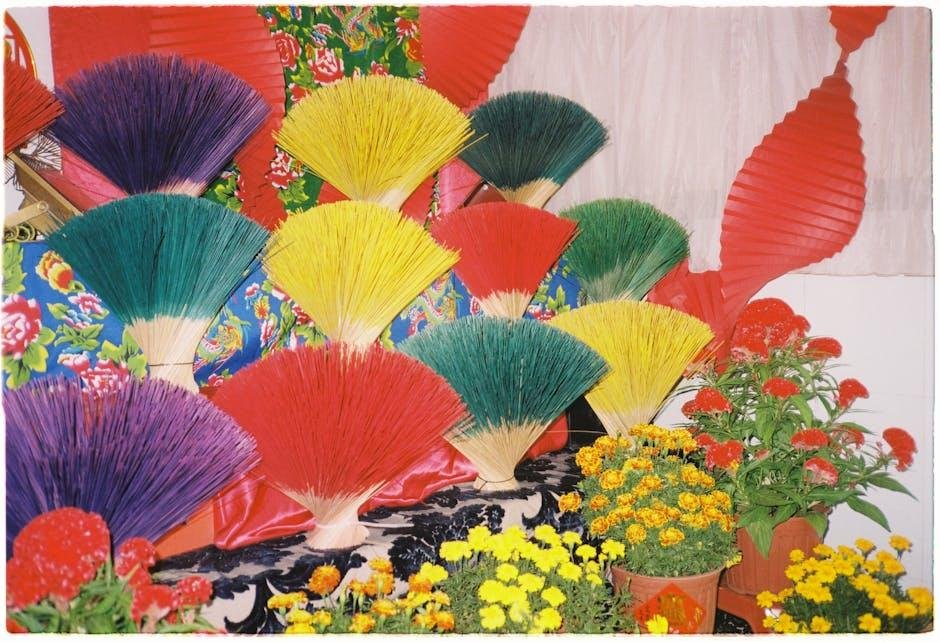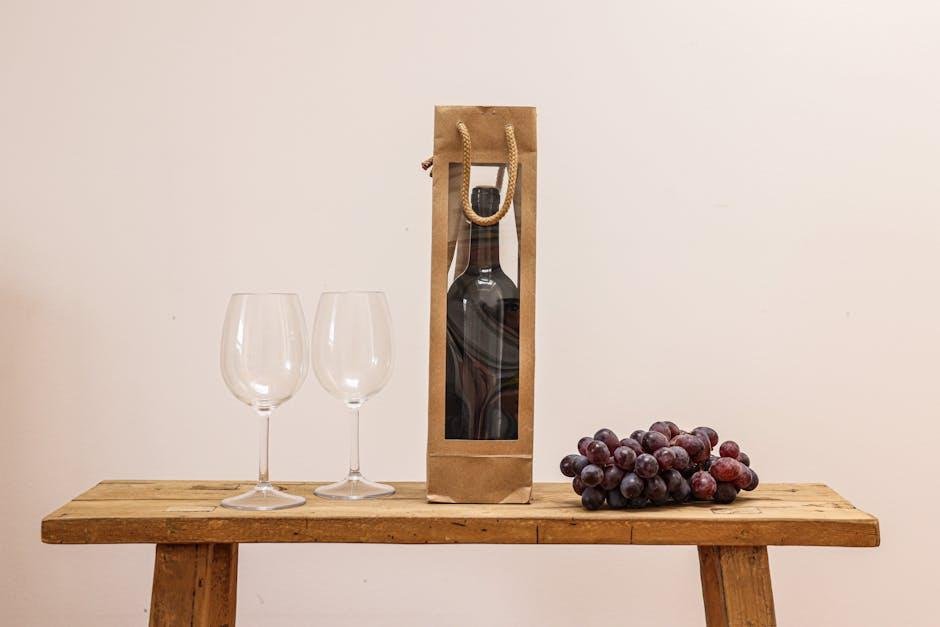In the world of design, texture is the unsung hero—an element that transforms the ordinary into the extraordinary. Just as a painter skillfully blends colors to evoke emotion, a stylist weaves together various textures to create depth and dimension in any space or outfit. When it comes to pairing textures, the principles of contrast and harmony play a captivating dance, inviting us to explore the tactile experience that shapes our perceptions. In this article, we’ll delve into the art of texture pairing, offering insights and tips to help you elevate your creative endeavors. From sumptuous silks to rustic woods, discover how to combine materials like a seasoned stylist and make your environments—and yourself—truly stand out. Whether you’re redecorating a room or curating an outfit, mastering the interplay of textures can lead to beautifully layered compositions that appeal not just to the eye, but to the senses.
Exploring the Basics of Texture Pairing
Texture is one of the most overlooked elements in design, yet it holds the power to entirely transform a space or an outfit. When exploring how to pair textures, consider the contrast and harmony they can create.For instance, combining a smooth silk blouse with a cozy knit cardigan adds depth to your ensemble while keeping it balanced. Similarly, in interior design, layering soft velvet cushions on a sturdy leather sofa not only invites tactile exploration but also enhances visual interest.
To master the art of texture pairing, think about the scale and weight of each material. Light textures, like chiffon or linen, can be paired with heavier materials such as wool or denim to create a dynamic visual effect. Here are some pairing suggestions to inspire your styling choices:
- Metal + Wood: The shiny finish of metal complements the natural grain of wood.
- Wool + Silk: A warm woolen knit adds coziness beside the elegant drape of silk.
- Rough + Smooth: Pairing rugged textures, like burlap, with sleek surfaces, like glass, creates an intriguing juxtaposition.
| Texture Type | Best Pairing |
|---|---|
| Leather | Suede |
| Cotton | Linen |
| Denim | Silk |

The Art of Balance: Combining different Textures
Creating a visually captivating space or outfit frequently enough hinges on the subtle nuances of texture. When you mix soft with rough, smooth with tactile, you invite depth and intrigue into your design. Varying textures can evoke emotions and set tones, transforming a simple appearance into a multi-dimensional experience. Consider pairing a luxurious velvet sofa with distressed leather accents or complementing sheer chiffon with the starkness of denim. Here are a few combinations that can enhance your design choices:
- Silk and Linen: The fluidity of silk juxtaposed with the grounded feel of linen creates a harmonious interplay.
- Concrete and Wood: Pairing the cold, industrial feel of concrete with the warmth of raw wood invites a modern yet rustic vibe.
- Brushed Metal and Glass: The sleek finish of brushed metal combined with the openness of glass can elevate a minimalist aesthetic.
To truly master the balance of texture, one must also consider scale and proportion.Large, bold textures can dominate a space, while finer textures can serve as delicate accents. Testing different pairings can lead to surprising results; as a notable example, combining an oversized chunky knit throw with a sleek, modern chair can add an inviting contrast. To help visualize these concepts, consider the following table outlining ideal texture pairings:
| Texture 1 | Texture 2 | Effect |
|---|---|---|
| Wool | Leather | Cozy yet complex |
| rattan | textured Fabric | Natural and inviting |
| Glass | Granite | Cool and sleek |

color Coordination: Harmonizing Textures and Hues
Achieving a visually appealing aesthetic involves more than mere color matching; it’s about weaving together different textures and hues to create harmony. When approaching outfit selection or interior design, consider how various elements can complement one another. As a notable example, pairing a soft, knitted sweater with sleek leather leggings creates a striking balance between cozy and chic. Similarly, layering a chunky cotton throw over a silk bedding set introduces an inviting sensuality to the overall atmosphere. this juxtaposition not only enriches the visual experience but also elevates the comfort level of the space.
Utilizing a color palette can streamline the process of harmonizing textures and hues. Start with a base color and build around it by incorporating both lighter and darker shades as well as neutral accents. To illustrate:
| Base Color | Complementary Textures | Accent Colors |
|---|---|---|
| Soft Blue | Cashmere, Velvet | Coral, cream |
| Earthy Green | linen, Wood | Burnt Orange, Beige |
| Warm Gray | Metal, Suede | Mustard, Navy |
By thoughtfully selecting textures and hues that harmonize well together, you craft a cohesive narrative that speaks to style and sophistication. This deeper understanding of design principles empowers you to curate spaces or outfits that don’t just look good but feel impeccably coordinated and thoughtfully composed.

Seasonal Considerations: Adapting Texture Pairing Techniques
When the seasons shift, so should your approach to texture pairing. each season brings a unique palette and mood that can inspire your textile choices. For spring and summer,opt for lightweight fabrics and delicate textures like chiffon,lace,and cotton to create an airy and fresh aesthetic. Pairing these with more structured elements, such as a denim jacket or woven basket bag, adds contrast while remaining seasonally appropriate. In contrast, autumn and winter call for heavier materials such as wool, velvet, and flannel, allowing for a cozy and layered look.Combine these plush textures with sleek leather accents or metallic threads to elevate the sense of warmth while introducing a hint of sophistication.
Here are some season-specific texture pairing ideas to inspire your wardrobe transitions:
- Spring: Pair floral chiffon tops with crisp white denim for a fresh vibe.
- Summer: Match airy linen shorts with woven sandals for a laid-back feel.
- Autumn: Combine chunky cable-knit sweaters with sleek faux-leather leggings for an edgy twist.
- Winter: Layer soft faux fur vests over fitted turtlenecks and wide-leg pants for warmth and style.
To further refine your texture choices, consider this breakdown of textures that resonate with different seasons:
| Season | Texture Type | Pairing Suggestions |
|---|---|---|
| Spring | Lightweight | Chiffon + Denim |
| Summer | Natural Fibers | Linen + Woven Accessories |
| Autumn | Heavy Knits | Wool + Leather |
| winter | Luxurious Fabrics | Velvet + Faux Fur |
The Conclusion
As we conclude our exploration of the art of pairing textures, it’s clear that the thoughtful combination of materials can transform any space or outfit from ordinary to extraordinary. Just as a skilled stylist curates a wardrobe, taking the time to experiment with diverse textures—be it the soft embrace of a chunky knit, the sleekness of satin, or the rugged charm of distressed leather—invites a dynamic and engaging sensory experience.
Embrace the creativity that comes with mixing textures, allowing your instincts and personal style to guide you. Whether you’re reimagining your living room or refreshing your closet, remember that every layer tells a story. Let your creativity flow, break the rules, and enjoy the multifaceted beauty that arises from the harmonious dance of textures. The world is your canvas—mix it up!

